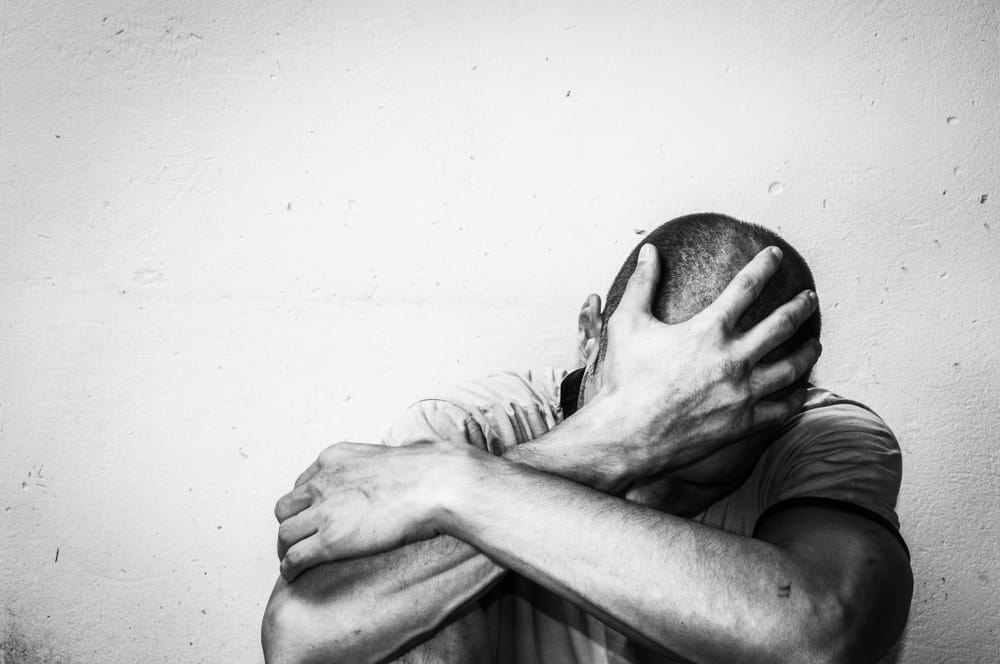Benzodiazepines have been used for decades as a treatment for anxiety and insomnia. More than a dozen benzos are available by prescription with Xanax being the one most often prescribed. Benzo effects are quick-acting, but short-lasting and most take a long time to be eliminated from the body. While they alleviate anxiety and panic attacks, and are used to manage insomnia, benzos are only intended for prescribed, short term, temporary use due to being highly addictive.
Unfortunately, numbers of illicit use and overmedication are rising and the abuse of benzos has been compared as the new wave of the opioid epidemic that’s been affecting America for years. The dangerous risk of short term and long term effects of benzodiazepines are heightened when they aren’t taken as recommended by a doctor. It doesn’t take long for a person to become addicted if taking them too frequently or in excess of the allotted time.
Benzos affect the central nervous system by slowing it down in order to allow the body to feel calm and relaxed. Some of the common short term side effects of this include:
- Daytime fatigue or grogginess
- Temporary memory loss
- Irritability
- Impaired motor coordination and balance
These side effects are magnified when taken in combination with alcohol or opioids. Due to its sedative effects, it’s also dangerous to drive while under the influence of benzos. While these side effects may occur in different frequency and intensity, there’s no way to know how the body will react to taking the drug. Those who use benzos without a prescription often don’t follow a set schedule of doses, which elevates the negative aspects of the drug and minimizes what it’s intended for.
When Short Term Effects Turn into Long Term Dependency
One of the main long term effects of benzodiazepines is chemical dependency. Since benzos have a fairly long half-life, it takes several hours, and sometimes days before the drug is fully eliminated from the body. Every time a person takes benzos, it adds to what’s already been stored in the system. No matter how small the amount, this begins to create a drug tolerance. The body begins to negatively react when benzos aren’t present.
In general, benzos lose their efficiency after continuous two-week use. If you continue to take them for a prolonged period of time, their positive effects don’t take shape, but the tolerance continues to build until there’s dependency. Quickly following physical dependence is addiction. When the body becomes addicted to benzos, the physiological makeup of the brain has changed to make it feel like a person can’t function without taking it. As a result, there are physical withdrawal symptoms that occur.
These withdrawal symptoms often include body aches, tremors, seizures, and hallucinations. Addiction can also cause depression and/or aggressive behavior. As addiction continues, a person becomes a greater risk of overdose, which can cause adverse cardiovascular events and other physical and psychological conditions. The concept of drug addiction is often reserved for illicit substance abuse, but the growing number of addiction cases due to prescription medication continues to grow.
Of the one in eight U.S. adults that use benzodiazepines, over 17 percent misuse prescription medications, per a study published by the American Psychiatric Association. The long term effects of benzodiazepines not only affect a person physically, but emotionally as well. The side effects and change in behavior often lead to problems professionally and personally. It can result in legal trouble and addictions to other substances.
It’s upsetting for loved ones to witness in their friends or family members because addiction changes how a person thinks, feels, and acts. The long term effects of benzodiazepine use continue to impact people both directly and indirectly in many ways.
Signs of Benzo Dependency and Addiction
Since benzos naturally cause a person to become groggy and possibly detached temporarily, it can be difficult to see the signs of physical dependence right away. As a loved one concerned for a friend or family member who may be abusing benzos, there are certain signs to pay attention to. One of the most telling signs that there’s a problem is the frequency of mood swings. Is the person increasingly agitated? Do they become hostile when using benzos? Are they able to see their behavior or deny that there has been any change?
On the other hand, effects may be depressive. Is there an increased level of drowsiness or fatigue? Is there an increase in tardiness or absences from work? These kinds of symptoms could be indicative of other conditions or stresses or the cause of them. Often a person who is in the dependency or addiction stage often doesn’t want to or can’t admit that there’s a problem. For them, it feels like a new sense of normal, even if they’re aware of the damage it is causing.
If you are concerned about someone you know that may be abusing benzos, approach the situation with care, free of judgment. As someone who is worried about drug dependency or is addicted to benzos, seek the assistance of a treatment facility that can help you to withdraw from them in a safe way. Abruptly discontinuing use can cause additional harm and often results in relapse.
Experiencing Benzodiazepine Addiction and Detox
Benzos are prescribed as a way to alleviate anxiety and treat insomnia. When taking as prescribed, there is a plan near the end of use to slowly taper off and take smaller and smaller doses. Due to the addictive nature of benzos, many who have become addicted have a hard time withdrawing from use on their own. The cycle of drug withdrawal and relapse is unpredictable and can increase the risk for overdose.
The symptoms that occur during withdrawal are painful and difficult to manage, causing many to relapse. It’s recommended to go through the detox process under the care of a mental health professional where your health can be monitored in a safe and secure place. Additionally, it’s important to have a treatment plan in place following detox to identify learned behaviors and work on solutions for present conditions, like anxiety disorders or insomnia, without the use of drugs.
A treatment plan often includes a combination of group therapy, individual counseling, meditation, exercise, and other specific methods and techniques to help you regain stability in a healthier, peaceful way. There’s no single solution that works across the board; treatment must be customized to meet individual needs. The first part, though, is always detox in order to start with a clean slate.
The detox process typically lasts 7-10 days, with the first few days being the most severe in terms of pain and discomfort. As the body continues to rid the drug from the system and recalibrate to regular functioning without the presence of benzos, the symptoms will slowly start to decrease in intensity. However, for those who have been using benzos for a long time and with greater frequency, detox can last longer and have more extreme side effects.
Having the assistance of a support team that’s fully prepared to help you manage your symptoms and reactions is crucial to your physical and mental state. Also, knowing there are people who care about you and have your well-being as their top priority offers valuable emotional support, which is often necessary during such a challenging time. Starting with detox as part of a full recovery program in an addiction treatment facility is beneficial to prevent relapse and continue healing.
Customized Programs Designed to Build a Stronger Future
The way addiction takes a toll on your body is only one part of how it affects your life. Part of the long term effects of benzodiazepine use is how it destroys personal goals and relationships. During the different stages of care, one of the core focuses is establishing a plan to strengthen the likelihood of long term sobriety, self-reliance, and independence. This includes rebuilding parts of your life that may have been put on hold when addiction took over control.
Residential treatment usually follows detox. This level of care lasts for several months and is instrumental in setting the foundation for healing. After residential treatment, outpatient care is the next step, which builds upon what was learned and received in the first two phases. To round out the continuum of care, a person enrolls in addiction support services. These involve specialized programs, such as music therapy and family-oriented services, that implement mentoring, counseling, and therapeutic techniques to mend relationships and get back on track with a healthier lifestyle.
Additionally, during the final stages of treatment, there’s an emphasis on transitioning to real-life situations and renewing goals. Whether you’ve postponed school, work, or other important areas of growth, there is a specific program available that will guide you through the process and give you the education and support you need to succeed.
When addiction occurs, it has a strong presence, but it doesn’t have to maintain a permanent hold on how you live your life presently or build it up for the future. There may be long term benzo effects that will stay with you for years, but every step of recovery helps to build a stronger, sober path for you to follow and maintain.
Sources:
- National Institute on Drug Abuse. “Benzodiazepines and Opioids.” National Institute on Drug Abuse, 16 Mar. 2018, www.drugabuse.gov/drugs-abuse/opioids/benzodiazepines-opioids.
- Publishing, Harvard Health. “Benzodiazepines (and the Alternatives).” Harvard Health, Mar. 2014, www.health.harvard.edu/mind-and-mood/benzodiazepines_and_the_alternatives.











